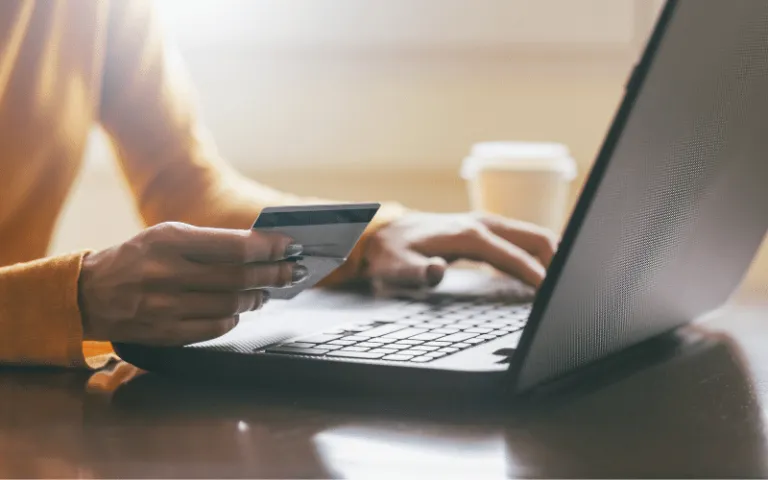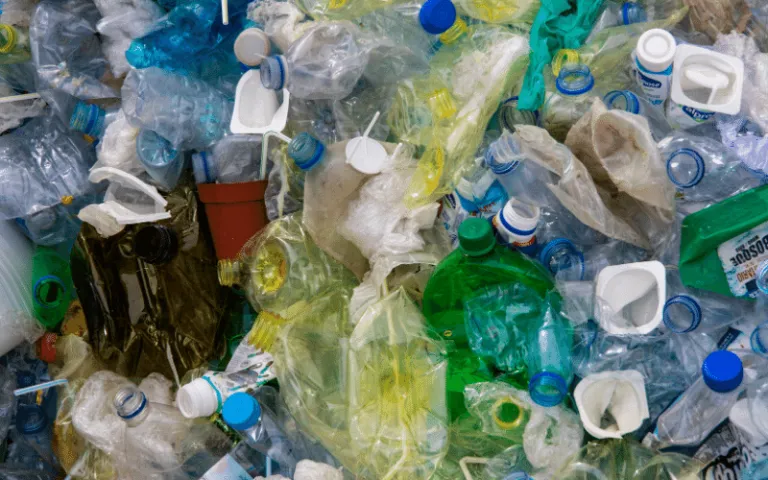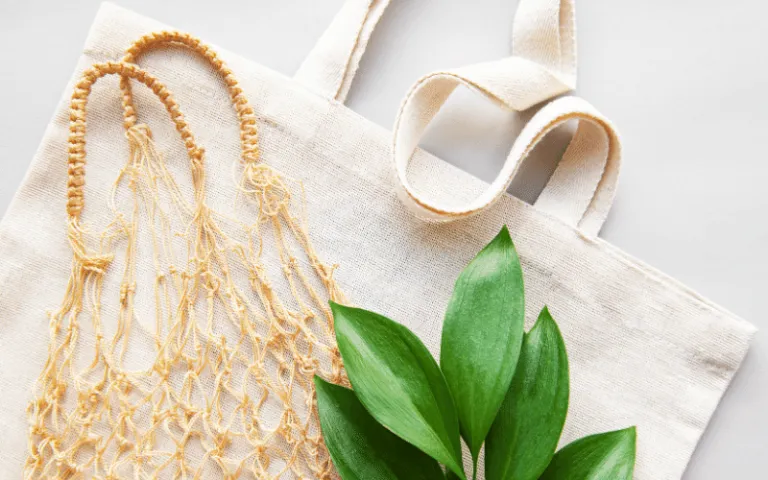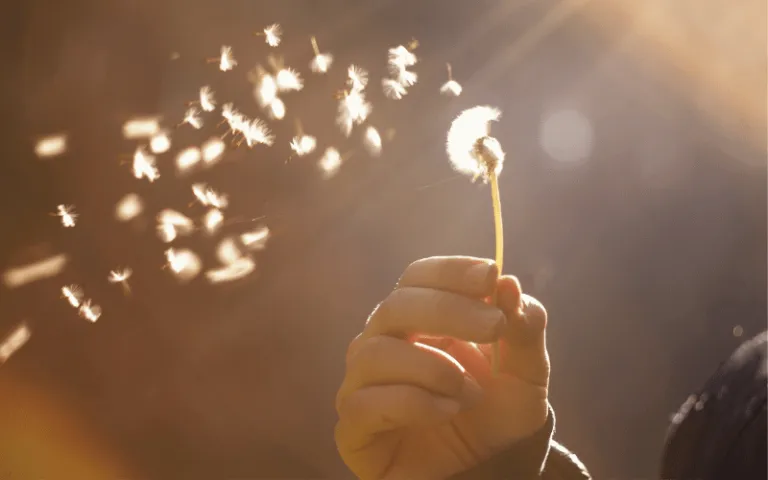The promise of new flavours beckons from Banawe.
I’m Minimising My Online Shopping This Year — Here’s Why

It started with panic buying groceries. A few weeks later, we bought face masks and alcohol. Then, we had to upgrade our chairs and desks and keyboards. Then, pillows and loungewear. We then needed dried flowers to spruce up our spaces; then real plants; then pots and planters and watering cans.
Eventually — we don’t know how it happened, but it did — we found ourselves needing a laptop stand, a toothpaste dispenser, an egg mould, an electric whisk, a phone case, seamless panties (in every colour!), an air fryer, acrylic organisers, a photo of a K-pop star, more pillows (and pillowcases!) and loungewear, a new desk, a new chair, a paper shredder, sports bras, cycling shorts, and leggings, double-walled mugs, rugs, a colourful keyboard, oh, and colourful lights, earrings, lipsticks (???)… The list goes on.
Also read: 10 Healthy Habits You Should Practise This 2021
We all have bubble wraps lying around our homes at this point. Aside from being a year of the pandemic, 2020 was also, undeniably, a year of heightened consumerism. With so many shifts and transitions taking place, it’s unsurprising that we found ourselves constantly and rapidly needing more and more.
The rise of cases

When the coronavirus (COVID-19) pandemic hit, everyone and their mothers started learning how to shop remotely. This was especially true for the Philippines, which reportedly found a 57% increase in usage in the first half of 2020. Notably, this per cent increase was the biggest growth in Southeast Asia!
Perhaps this dizzying cycle of hyperconsumerism was acceptable a few months in; after all, each of us felt, for the first time, the extreme deprivation of the pandemic and the quarantine protocols that followed. But as of the third quarter of 2020, iPrice Group found approximately 36 million monthly Filipino visitors on Shopee (now the leading e-commerce platform in the Philippines), revealing a staggering 95.61% year-over-year increase in visits from July to September 2020.
Now, we’ve grown accustomed to Zoom meetings and staying in our pyjamas all day. But, why have we not stopped for — just admit it! — the most random things?
The pandemic of hyperconsumerism

In the Journal of Business Research, Jagdish Sheth wrote that COVID-19 had eight immediate effects on consumer behaviour, namely: “hoarding, improvisation, pent-up demand, embracing digital technology, store comes, blurring of work-life boundaries, reunions with friends and family, and discovery of talent.”
In essence, Sheth wrote that COVID-19 first triggered our survival mode; hence, the hoarding of food, protective gear, and disinfecting products. Later, we started recreating location-centric events (i.e. we bought gym equipment to recreate Options Studio; we bought coffee machines to recreate Starbucks). After that, when stores started shifting to digital, we started buying everything we missed (read: frozen food packs? Coffee deliveries? Yes, please!). And the rest is history.
We, as humans, have been developing new consumer habits as we’ve rolled with the ups and downs of the pandemic. This is basically the reason why we’ve been endlessly wanting and re-wanting new things. Now, the question is, how far are we willing to go? How long will we allow ourselves to cope through impulse splurges?
The journey to imperfectly zero-waste

Pre-pandemic, when I travelled around to speak about sustainability, I found that many Filipinos were already aware of the effects of unnecessary shopping on our environment. In fact, minimalism was getting trendy; everyone had their stainless straws and tumblers!
Back then, I truly believed that the Philippines was on the right track in terms of sustainability — at least, individually, we were making progress. After all, everything starts with awareness! More and more people were refusing single-use plastic; eventually, I hoped, we would refuse more futile waste.
Also read: Sustainable Tourism in the Philippines: 5 Easy Ways Travellers Can Help!
But today, we are here. We are still aware that single-use plastic isn’t the most ideal: At best, it ends up in eco-bricks; at worst, it ends up in our oceans or our already overflowing landfills. But still, we continue to shop for unnecessary items wrapped in unnecessary amounts of bubble wrap.
Also read: The Fault in Our Wanderlust: What Travellers Should Know About Tourist Spot Rehabilitation
I am guilty beyond measure: I’ve long known the harmful and irreversible effects of hyperconsumerism. I’ve long acknowledged the deeper costs of mass productions: unethical labour practices, climate change, global warming, air and water and soil pollution, destruction of wildlife, an increase in health risks… Yet, I’m a Shopee Gold Member whose shopping history includes several foreign shops. How in the world did I let that happen?
A lesson in forgiveness

The lockdown happened in an instant — at least, for most of us who were caught off guard. We dealt with the unexpected tragedy in unexpected ways; but now that most of us have adjusted, we can probably see things more clearly. Most of us now have a relatively more stable environment to recalibrate; we can forgive ourselves and move forward.
Moving beyond shame, let us hold ourselves accountable for every peso we spend this year. As we await the next elections, when we can vote for leaders who understand the urgency of environmental causes, we can take our own, individual steps to benefit the planet.
On that note, I am no longer waiting for monthly online sales; while I’m not saying this is the only solution to everything, it is a solution for me. I want to avoid discounts dictating my shopping behaviour.
Most experts forecast growth in consumer spending in 2021 — this can mean well for our economic recovery, even more so if we support local. But at the same time, 2021 marks the nine years we have left to stop the irreversible damage of climate change.
Also read: On Social Distancing, Isolation, and Mental Health
In 2020, we grappled with the pressing and immediate demands of COVID-19. We found ways to stay afloat, not just physically and financially, but also mentally and emotionally. Some of us may have found gratification in , but it seems like the new normal is here to stay for a bit longer; and meanwhile, we can all do better — for ourselves, for our nation, and for our planet.
Published at
About Author
Danielle Uy
Subscribe our Newsletter
Get our weekly tips and travel news!
Recommended Articles
10 Best Banawe Restaurants for a Mouthwatering Food Trip in QC 14 Best Credit Cards for Travel in the Philippines The only plastic we need for travel.
10 Commandments for Responsible Travel Flexing Spread the good word!
10 Long Weekends in the Philippines in 2023 Book those flights ASAP.
10 Tips for Planning Out-of-Town Trips During Typhoon Season Stay safe and travel well during the rainy season.
Latest Articles
Legoland Shanghai Opening in 2025: What to Expect New theme park alert in China
Pahiyas Festival 2025: A Vibrant Celebration in Lucban Quezon Pahiyas is back and brighter than ever!
Top 10 Family-Friendly Things to Do in Europe Unmissable experiences for all ages
Scoot’s Direct Flights from Singapore to Iloilo Are Finally Here — Here’s What You Need to Know Fly direct from Singapore to Iloilo with Scoot!
Cheung Chau Bun Festival 2025: Where to Go, What to Do, and How to Join Experience the thrill of the Cheung Chau Bun Festival 2025

